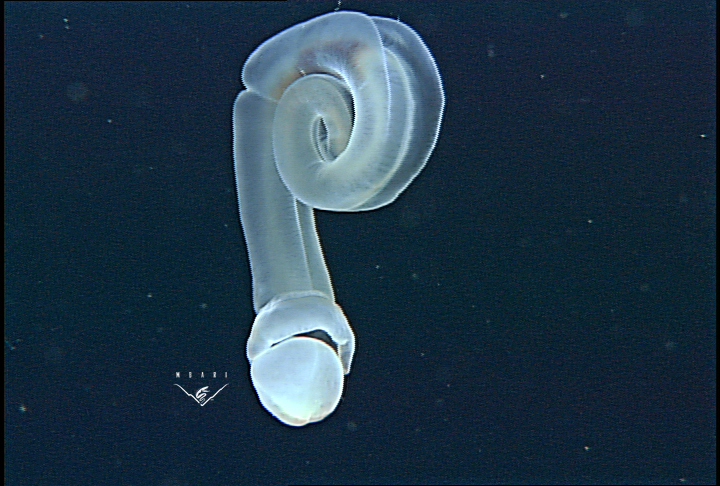Newly Discovered 'Alien' Sea Worms Ride the Current

When certain species of deep-sea worms want to go for a trip, they dump ballast sand and sediment from their guts and catch a ride on an ocean current.
That is the conclusion of a new study of deep-sea worms called enteropneusts, a mysterious and little-understood group of organisms. These delicate, gelatinous worms were once thought to be mostly shallow-water animals, but the new observations reveal almost a dozen species living on the seafloor as deep as 12,972 feet (3,954 meters).
Enteropneusts are also known as acorn worms, because of their acorn-shaped front ends. The new study, reported today (Nov. 15) in the journal Proceedings of the Royal Society B, reveals a diversity of color and shape in these deep-sea acorn worms. [Photos of Newly Discovered Worms]
Diverse worms
Until 1965, researchers thought that acorn worms were shallow-water species. But that year, a deep-sea species was caught on film, changing that perception. The ensuing decades turned up a few more photographs of deep-sea acorn worms, but only two specimens.
Using remotely operated deep-sea vehicles (ROVs) from the Monterey Bay Aquarium Research Institute (MBARI) and from the U.K, National Oceanography Center, Southamptom, researchers set out to find more of these mysterious worms. In most cases, the scientists, led by Karen Osborn of the Smithsonian Institution, piggybacked on other research missions, grabbing video of worms and even some specimens wherever the ROVs happened to be.
From the year 2000 to present, the researchers captured 498 separate observations of deep-sea acorn worms, revealing a whole new world on the seafloor. The worms live in both the Atlantic and the Pacific Oceans, they found. In addition to the two known species of deep-sea acorn worm, the researchers also found at least nine new species.
Get the world’s most fascinating discoveries delivered straight to your inbox.
Traveling light
Perhaps more surprising than the worms' ubiquity was their method of travel. For the first time, the researchers observed acorn worms drifting with ocean currents at anywhere from a few centimeters to 66 feet (20 meters) above the seafloor. The video cameras caught the worms twisting and raising their bodies, suggesting that they deliberately launch themselves into currents to get around.
When feeding on the ocean floor, the worms' guts were filled with sand and sediment. But in one time-lapse video, researchers observed an acorn worm totally emptying its gut before disappearing from the feeding site. That video suggests that the worms use sand as ballast to keep them on the seafloor when they're eating, and then lighten their load for ease of travel, the researchers wrote.
You can follow LiveScience senior writer Stephanie Pappas on Twitter @sipappas. Follow LiveScience for the latest in science news and discoveries on Twitter @livescience and on Facebook.

Stephanie Pappas is a contributing writer for Live Science, covering topics ranging from geoscience to archaeology to the human brain and behavior. She was previously a senior writer for Live Science but is now a freelancer based in Denver, Colorado, and regularly contributes to Scientific American and The Monitor, the monthly magazine of the American Psychological Association. Stephanie received a bachelor's degree in psychology from the University of South Carolina and a graduate certificate in science communication from the University of California, Santa Cruz.


